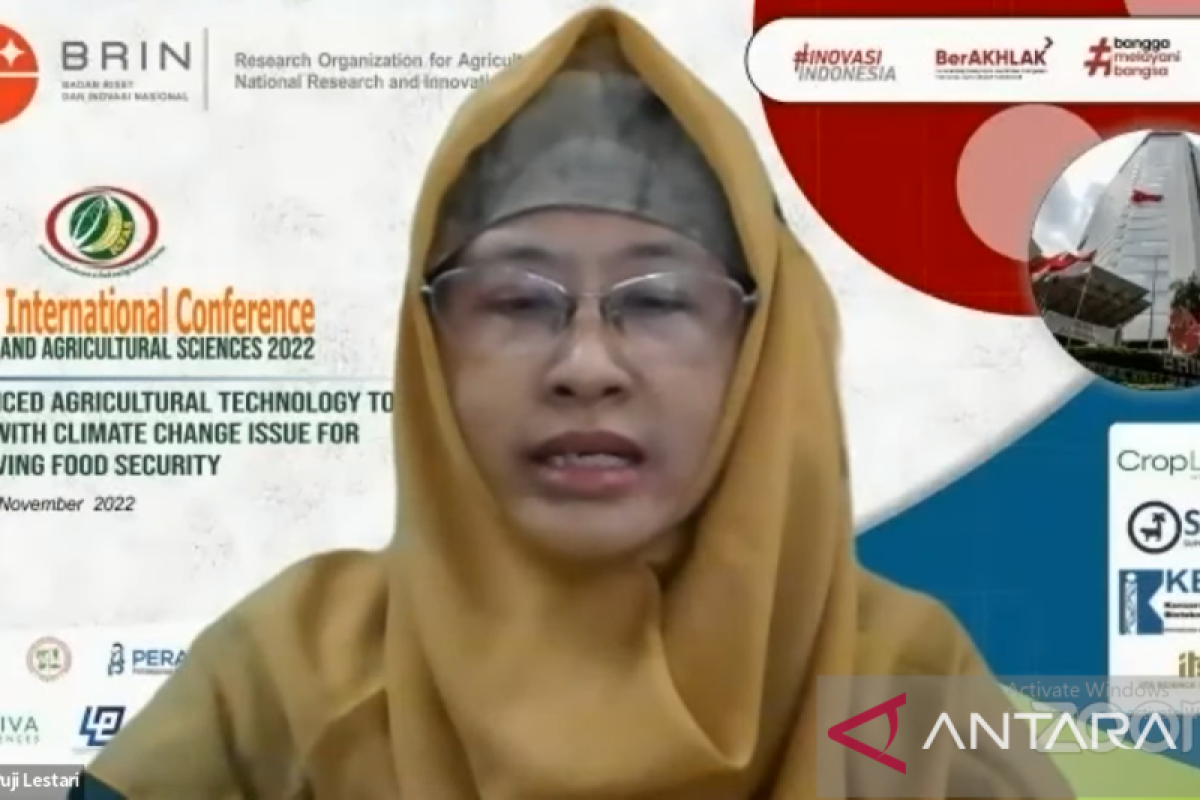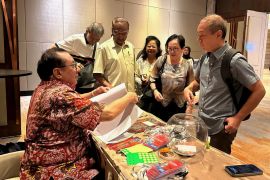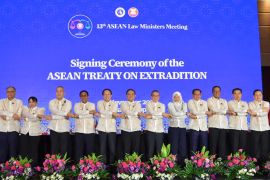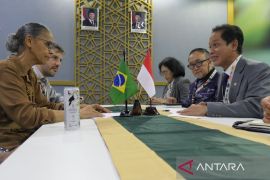Microalgae became one of the promising pillars to be utilized as a food source and contributes to the issue of food and health in IndonesiaJakarta (ANTARA) - The National Research and Innovation Agency (BRIN) supports the use of microalgae as a food source for Indonesia through research and development for microalgae-based food material processing.
"Microalgae became one of the promising pillars to be utilized as a food source and contributes to the issue of food and health in Indonesia," BRIN's Agriculture and Food Research Organization Head Puji Lestari noted.
BRIN is currently taking steps to fortify cassava flour with spirulina as one of the types of microalgae to increase the nutritional and mineral content in cassava, she noted in a statement, Friday.
Moreover, the agency is fortifying tofu with spirulina.
Related news: Indonesia's future economy must be based on space activity: BRIN
One of the uses of microalgae in food is to act as a natural coloring, she noted.
Microalgae species -- Arthrospira, Haematococcus pluvialis, and Chlorella -- can function as natural coloring and have biological activities, such as being antibacterial and an antioxidant, she explained.
In fact, Astaxanthin from microalgae has six thousand times the antioxidant power as compared to vitamin C.
Microalgae can also be used as a source of Polyunsaturated Fatty Acids or one of the macromolecules or nutrients affecting the growth process of the brain and a protein source.
In literature, spirulina is capable of having up to 71-percent protein.
Related news: BRIN manages satellite image data for disaster mitigation
Around 75 percent of the Indonesian territory comprises water, so the country has high potential of marine resources, which include microalgae, to be developed, Lestari stated.
However, microalgae-based products have not grown optimally in Indonesia, she noted
This is despite the fact that microalgae has a high level of protein, unique amino acid pattern, potential Omega 3 and natural pigment content, low in fat, as well as interesting nutritional content and biological activity.
To this end, microalgae research and development is necessary to bridge product downstreaming, she remarked.
Microalgae is a microorganism with chlorophyll that plays a role in photosynthesis.
In its life cycle, microalgae is highly dependent on carbon dioxide, light, macronutrient, micronutrient that acts as a fertilizer, and the existing environment, Lestari explained.
Related news: Increasing swampland use paramount to achieving food security
Related news: BRIN develops app to help fishermen find catch
Translator: Martha H S, Fadhli Ruhman
Editor: Fardah Assegaf
Copyright © ANTARA 2022












